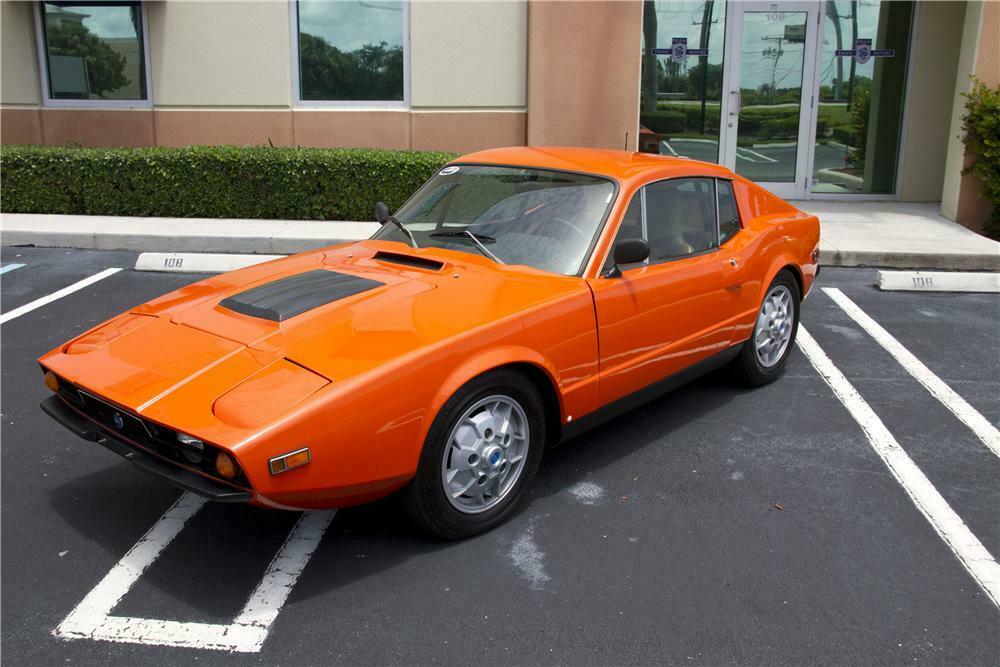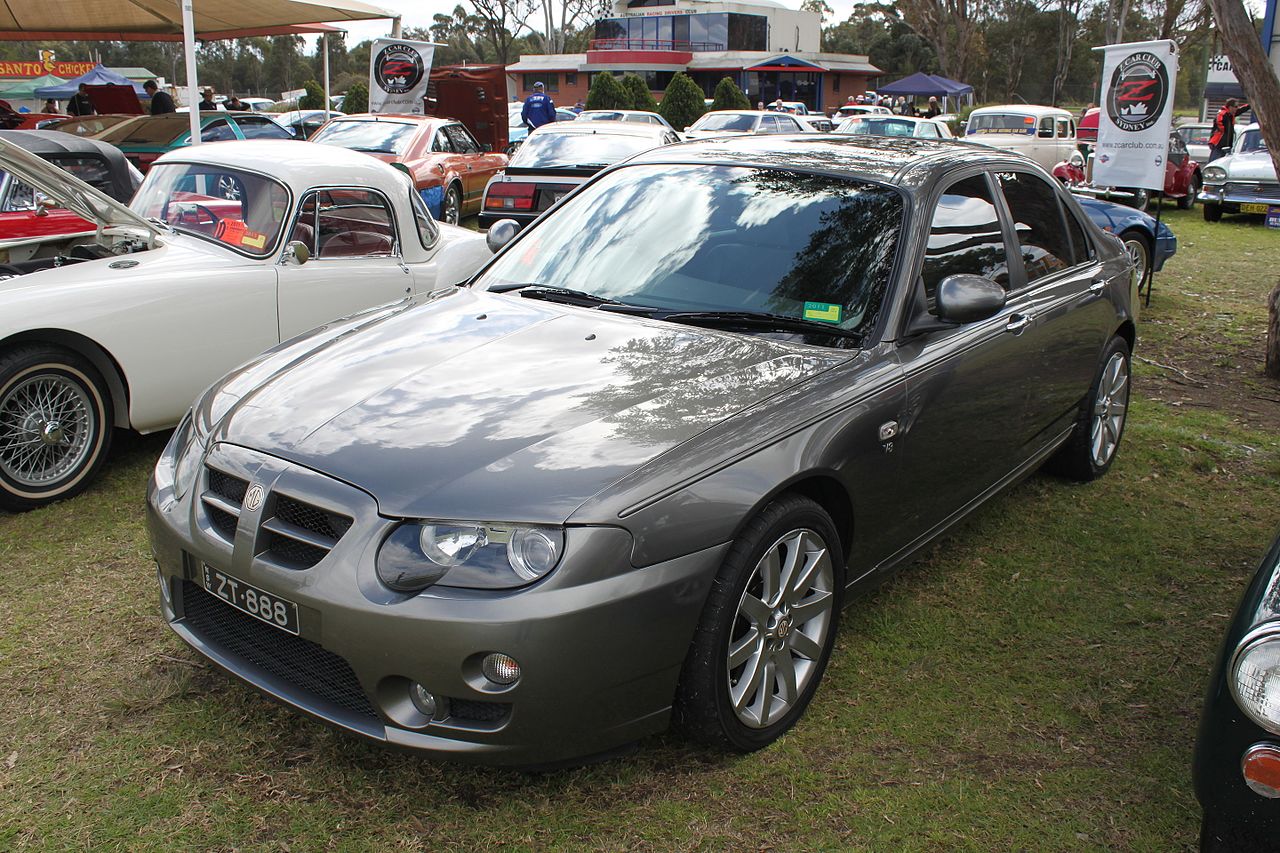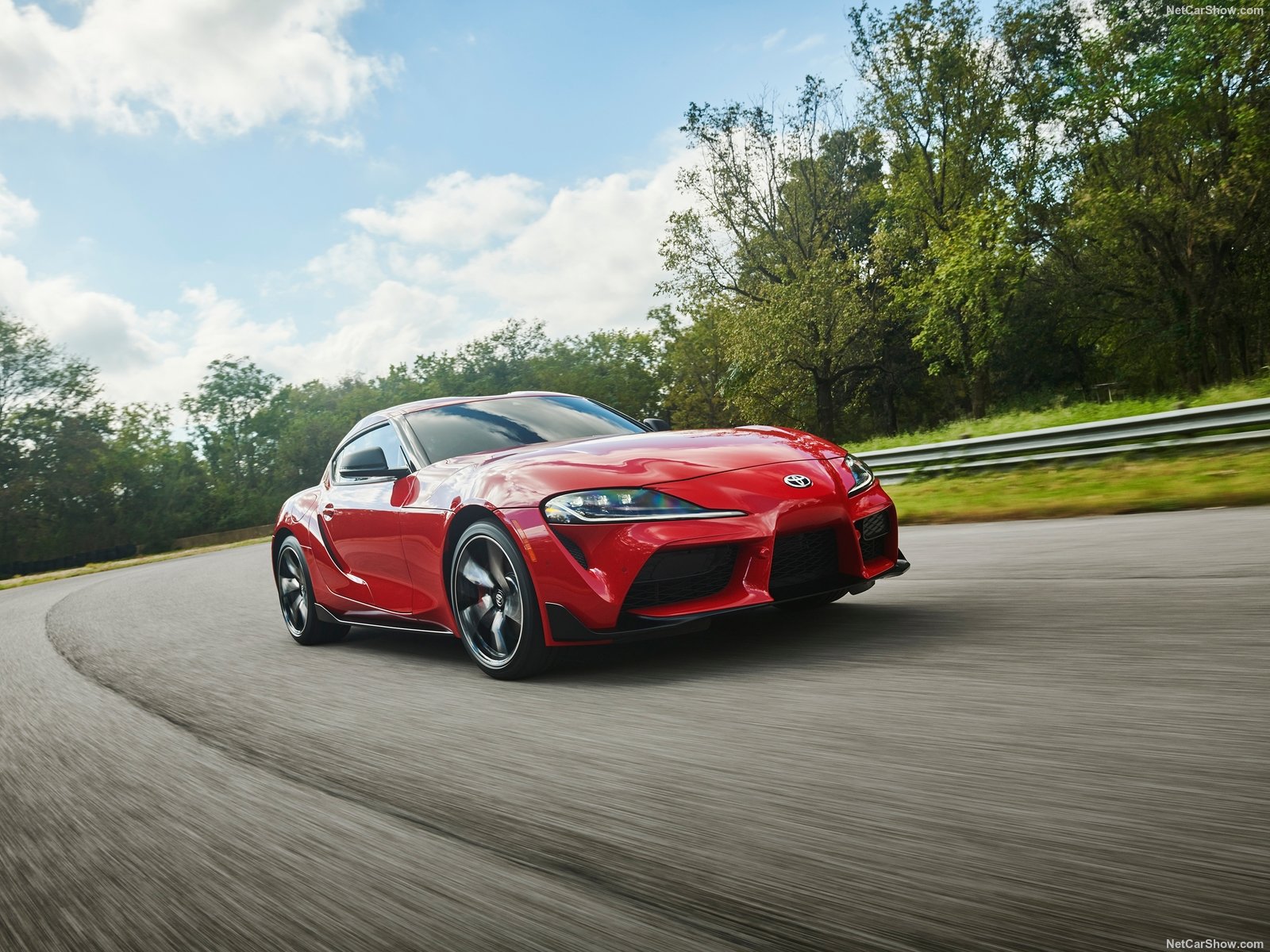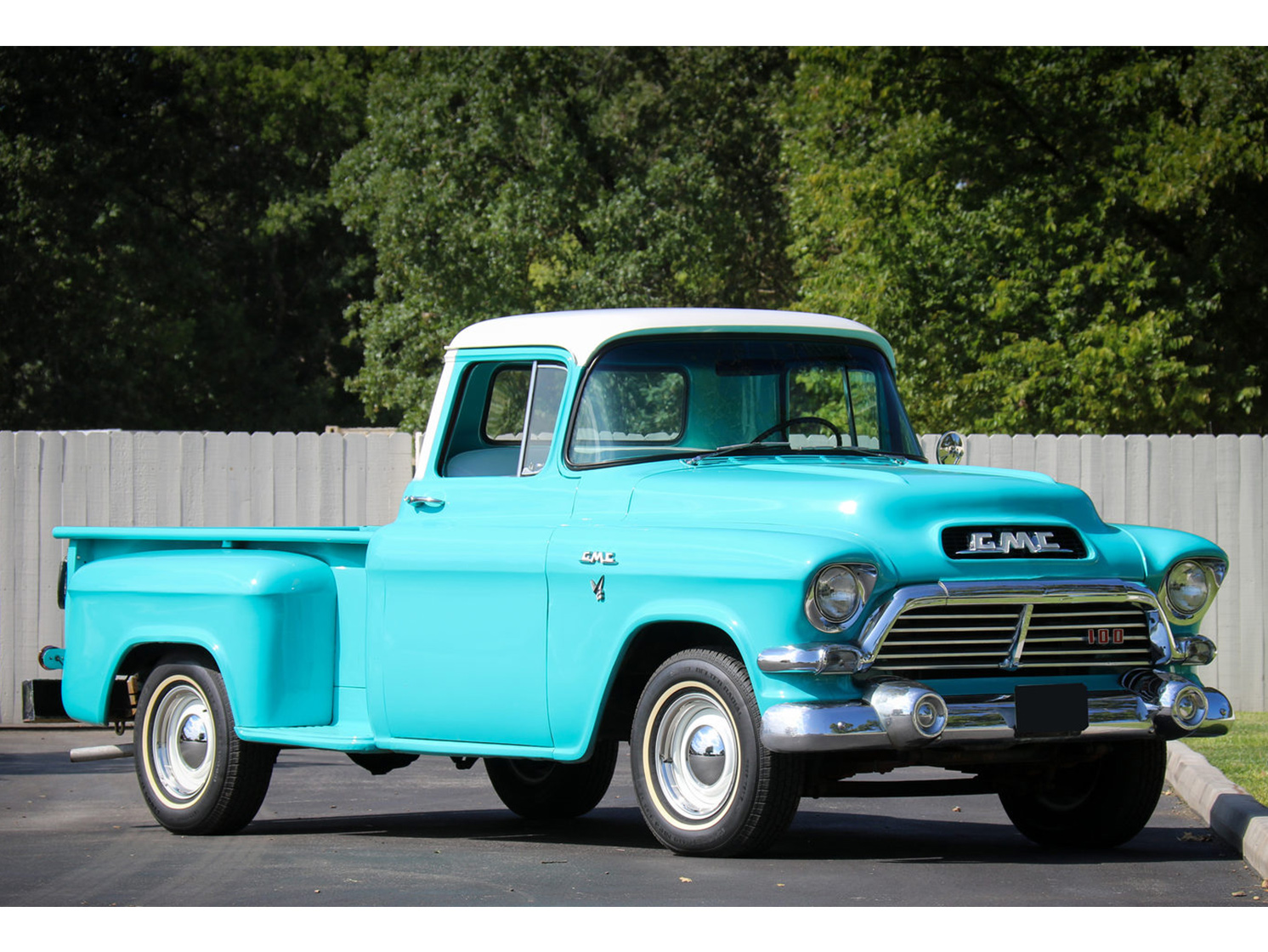10 factory-built engine swaps
Developing an engine takes a whole lot of time and a whole lot of money, two luxuries automakers don’t always have. Rather than spin their wheels, they’ll sometimes stuff someone else’s engine under the hood of a car they designed.
You saw this a lot of with European sports car manufacturers who relied upon American V-8s.
DeTomaso and AC used Ford engines. Jensen relied upon Mopar V-8s, as did French manufacturer Facel S.A. and Switzerland’s Monteverdi. Intermechanica and Iso favored V-8s, mostly from Chevrolet.
But major automakers do this from time to time as well. Sometimes they’ll swap engines to improve fuel economy or curb emissions. Other times they’ll do it to boost power. And sometimes they do it because why the hell not.
Here are 10 cars and trucks all from mainstream manufacturers that, for one reason or another, decided to do something out of the ordinary. These vehicles may cause confusion at the local cruise night when hoods are popped. Some even surprised us.
Pontiac-powered GMC

Aside from the huge V-6 engines it built in the ’60s, GMC trucks typically used someone else’s engines. This usually meant the same powerplants under the hoods of their Chevrolet cousins, but the company also used Pontiac V-8s. When Chevrolet trucks adopted the 265-cubic-inch small block in 1955, 1955 GMCs used 287-cubic-inch Pontiac V-8s advertised as 288s. The larger engines helped set GMC apart with an additional 10 horsepower, at 165 hp compared to Chevrolet’s 155 hp.
Ford-powered Saab

The lightweight 60-horsepower, 841-cc two-stroke in the tiny Sonett and its 95 and 96 siblings packed quite a punch, but it was something of a hassle. Who wants to premix fuel? No need for that with the Ford 1.5-liter Taunus V-4 that appeared under the hood in 1967. Doubling the displacement brought more torque, which is always nice, but only 73 horsepower. The Taunus V-4 led to the Cologne V-6 used in everything from the TVR S2 to the Ford Mustang and Ranger.
Maserati-powered Citroen

The first car born of Maserati’s marriage to Citroen in 1968 was the striking SM, which combined unmistakably French styling with a luscious Italian engine when it debuted in 1970. You can’t lose with a 2.7-liter V-6 and hydropneumatic suspension, and people praised the sporty grand tourer for its excellent performance and superlative comfort. The engine grew over the years to 3.0 liters and appeared under the hood of the Maserati Merak and Biturbo.
Oldsmobile-powered Pontiac

Firebird Formulas and Trans Ams bound for California got Oldsmobile 403s beginning in 1977, although an Olds 350 was also on the menu. You’d think the big bore of the 403 would give the Olds a leg up on cylinder head flow, but its single exhaust and catalytic converter limited it to 185 hp when contemporary Pontiac 400s produced between 200 and 230 hp.
Nissan-powered International Harvester

Back in the late 1970s, you could get an International Harvester Scout IIs with Nissan’s SD33, a naturally aspirated inline-six diesel producing a paltry 80 horsepower. For the Scout’s final year in 1980, the company offered a turbocharged, 94-horsepower version. It appeared in 6400 Scouts, all of them equipped with a Borg-Warner T19 four-speed manual transmission.
BMW-powered Lincoln

In an attempt to improve fuel economy and the luxury car cred of the downsized Lincoln Continental, Ford offered BMW’s 2.4-liter inline-six turbodiesel in the 1984-85 Lincoln Continental. It made 124 horsepower. It wasn’t at all popular, and estimates peg production at between 500 and 1500 during the two-year run.
Nissan-powered Holden

When Australia required all vehicles to burn 91-octane unleaded fuel in 1986, Holden was caught off guard. Its inline six and V-8 engines weren’t up to the switch, so the automaker bolted the 153-horsepower Nissan RB30E 3.0-liter inline-six into the VL Commodore. Months later, a turbocharged, 201-horsepower RB30ET was made available. Holden finally got its 5.0-liter V-8 sorted out in October 1986.
Buick-powered Pontiac

Given how freely General Motors swaps engines among its brands, it feels like we’re cheating to mention the General again. The Pontiac Iron Duke appeared in a wide variety of GM cars, as did the Buick 3.8-liter V-6. We tend to forgive those base engines their banality because they’re, well, base engines. But the turbocharged 3.8-liter V-6 that GM sneaked into the 1989 Firebird after the RWD G-body ended its run was something special. Pontiac built just 1555 Turbo Trans Ams in 1989 and although they were only rated at 250 horsepower, their outstanding performance said otherwise.
Ford-powered MG and Rover

Given their relatively diminutive size, you probably don’t expect to see anything bigger than a turbodiesel four or a 2.6-liter Rover V-6 under the hood of a midsize FWD British sedan or wagon. But the racing gurus at Prodrive managed to squeeze a 4.6-liter Ford Modular V-8 into something like 900 Rover 75 and MG ZT models between 2003 and 2005. As if that weren’t cool enough, it also converted them to rear-wheel drive. The 260-horsepower sleepers are a welcome surprise for any Anglophile.
BMW-powered Toyota

When Toyota announced that the Supra would return in 2020, enthusiasts cheered. When they realized the iconic grand tourer would use a BMW inline six, they nearly revolted. The car was developed alongside the BMW Z4 and will use the German’s B58 turbocharged 3.0-liter inline-six. No surprise when you remember that Toyota quit building its beloved 2JZ engine a decade ago. But still, the idea of a German heart in a Japanese hero may be too much for some folks to bear.


